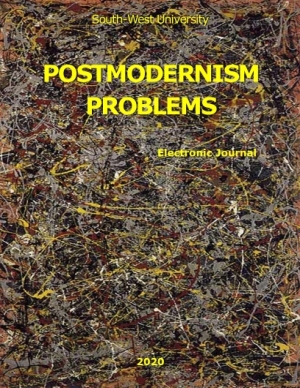Coping With Stigma and Destigmatizing Intervention Strategies: An Analytical Framework
Coping With Stigma and Destigmatizing Intervention Strategies: An Analytical Framework
Author(s): Simona Rodat, Simona RodatSubject(s): Social Sciences, Sociology, Social Theory, Studies in violence and power, Social Norms / Social Control
Published by: ЮГОЗАПАДЕН УНИВЕРСИТЕТ »НЕОФИТ РИЛСКИ«
Summary/Abstract: This paper addresses the stigmatization process, outlining the meaning of the social stigma and the different types of stigmata, focusing further on the ways in which stigmatized people cope with stigma and on the main intervention strategies that can be used for destigmatization. A social stigma is an undesirable characteristic or an unfavourable element, along with any generalization or attribution of further characteristics that can lower or humiliate the individual. Not the characteristic itself, but a negative meaning in the social and cultural context, make the person concerned a stigma bearer. Stigmatization describes how actual or potential negative characteristics are ascribed to a person, and thus this person is assigned to a certain socially disregarded group. At the same time, stigmatization involves associating the person concerned with the prejudices and stereotypes connected to the assigned devaluating characteristic and the experience of varied forms of discrimination. To avoid the consequences of their social stigma, the people concerned to develop in diverse social situations in different ways to cope with their stigmatization. Among these, correction, avoidance or defensive attitude, inner distance, compensation, alternative relationships, external assignment, and hostile bravado are highlighted and discussed in the paper. Destigmatization, as a reverse process to stigmatization, can be targeted through various intervention strategies. The paper addresses the most frequently used destigmatizing intervention strategies, namely protest, education, and contact, emphasizing their strengths, especially of the last two, and arguing that, depending on the type of stigma and the social context, a mixture of intervention strategies is more effective, and therefore desirable.
Journal: Проблеми на постмодерността
- Issue Year: 10/2020
- Issue No: 3
- Page Range: 313-329
- Page Count: 17
- Language: English

